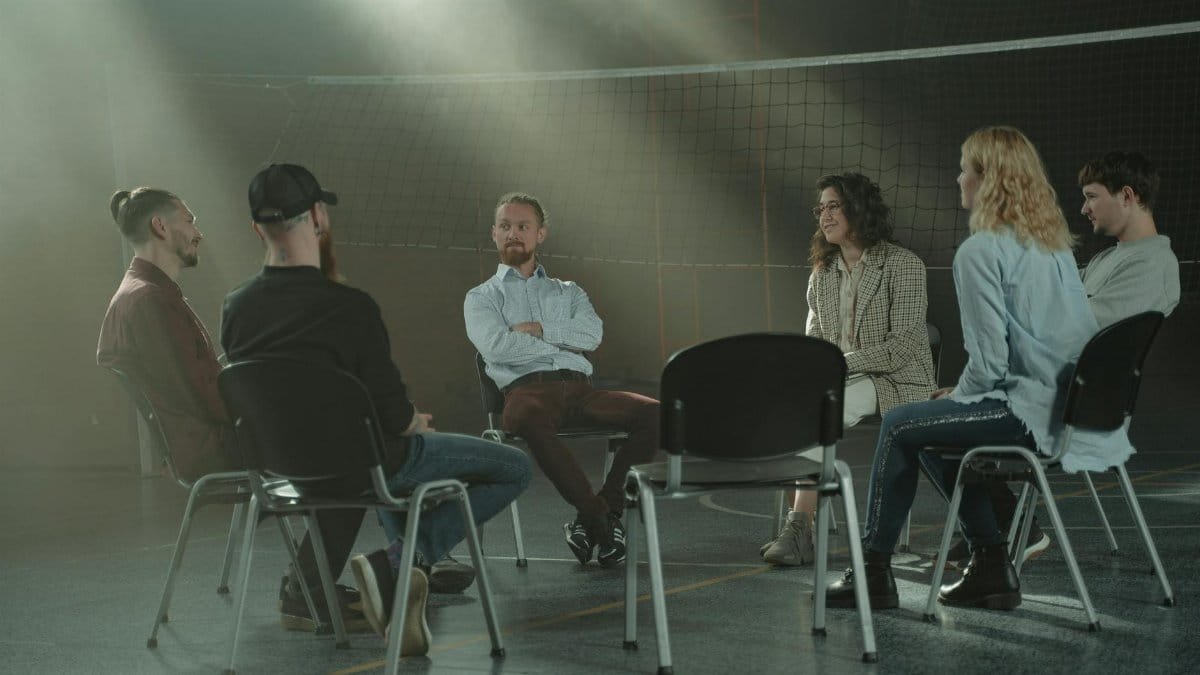Walk down the main street of a small town like Asheville, North Carolina, these days, and you might notice something quietly revolutionary. Amid the diners and hardware stores, there are flyers for local support groups, community gardens doubling as therapy spaces, and pop-up workshops on stress management. These aren’t just random acts of kindness; they’re part of a growing wave of community mental health projects reshaping how small-town America approaches well-being. In places often overlooked by sprawling urban health systems, neighbors are stepping up, creating grassroots solutions to address loneliness, anxiety, and trauma. It’s a movement born out of necessity—rural areas frequently lack access to therapists or clinics—and fueled by a shared belief that healing happens best when people come together. This article highlights nine such initiatives, each proving that collective care can be a powerful remedy.
1. The Peer-Led Listening Circles of Rural Vermont
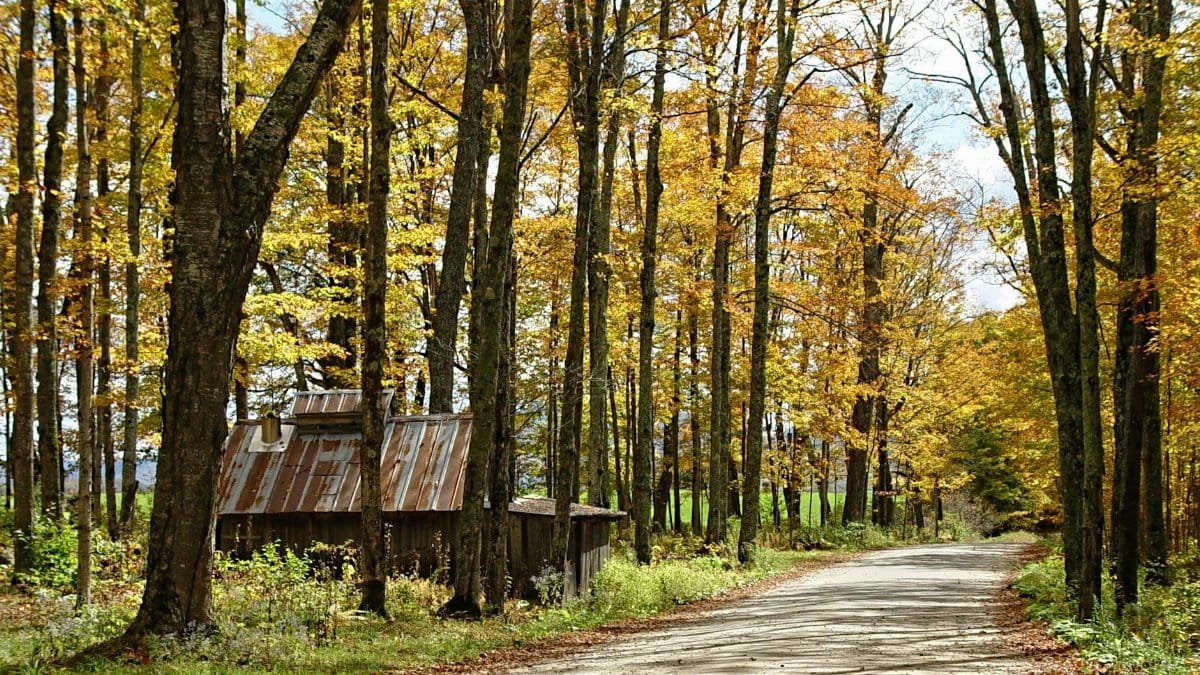
In the rolling hills of Vermont, where winter isolation can weigh heavy, a group of residents started hosting “listening circles” in church basements and living rooms. These aren’t therapy sessions with a licensed professional but rather safe spaces where anyone can share—or just listen—without judgment. The idea, sparked by a local librarian in 2019, has spread to over a dozen towns. Participants say it’s less about solving problems and more about feeling seen. One attendee described it as “a warm blanket on a cold night,” a sentiment echoed by many who crave connection over clinical detachment. Organizers train volunteers in basic active listening skills, ensuring the circles remain supportive. This model shows how community mental health projects can thrive on simplicity and empathy, even without formal funding.
2. Community Gardens as Healing Grounds in Appalachia
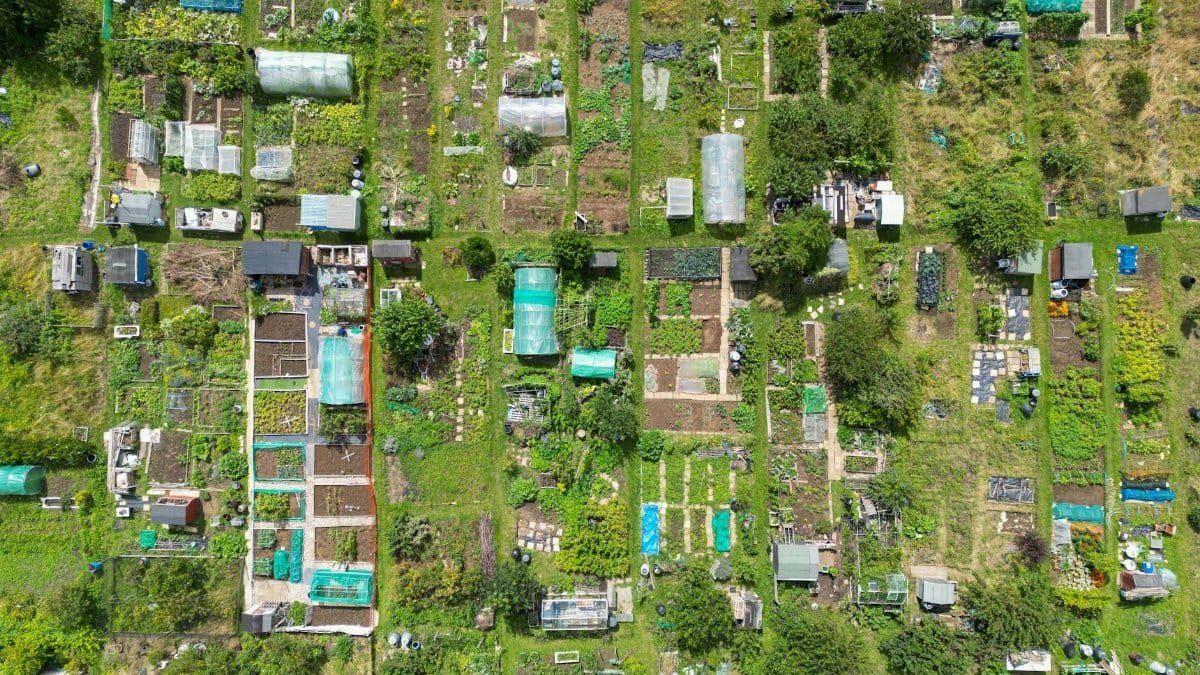
Down in West Virginia’s coal country, where economic hardship often compounds mental strain, a few towns have turned vacant lots into communal gardens. These aren’t just about growing tomatoes. Locals in places like Beckley gather to plant, weed, and talk—often about life’s heavier burdens. The act of nurturing something tangible seems to ease intangible pain. A 2022 report from the Centers for Disease Control and Prevention notes that social isolation in rural areas correlates with higher depression rates; projects like these directly counter that. One gardener, a retired miner, shared how tending plots helped him process grief after losing a spouse. It’s messy, hands-on healing, proving nature and neighborly bonds can be as vital as any prescription.
3. Mobile Mental Health Vans in the Midwest
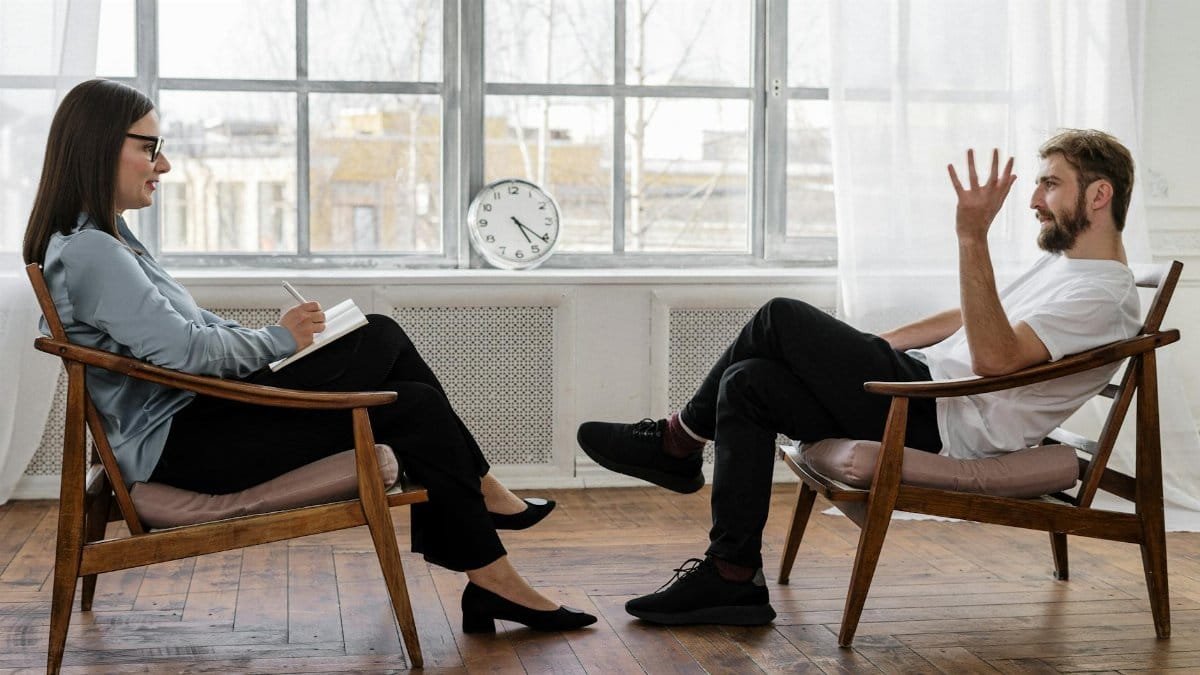
Imagine a beat-up van rolling into a dusty Nebraska town square, not selling ice cream but offering free mental health check-ins. That’s the reality for several Midwest communities, where nonprofits have retrofitted vehicles into roving resource hubs. Staffed by trained volunteers and the occasional counselor, these vans provide pamphlets, crisis hotlines, and sometimes just a quiet place to sit. They park at county fairs or outside grocery stores, meeting people where they are. The initiative, often funded by small grants, tackles the stigma of seeking help by making it casual and accessible. Data from the Rural Health Information Hub highlights that rural residents are less likely to seek care due to distance; mobile units shrink that gap.
4. Art Collectives for Expression in the Southwest
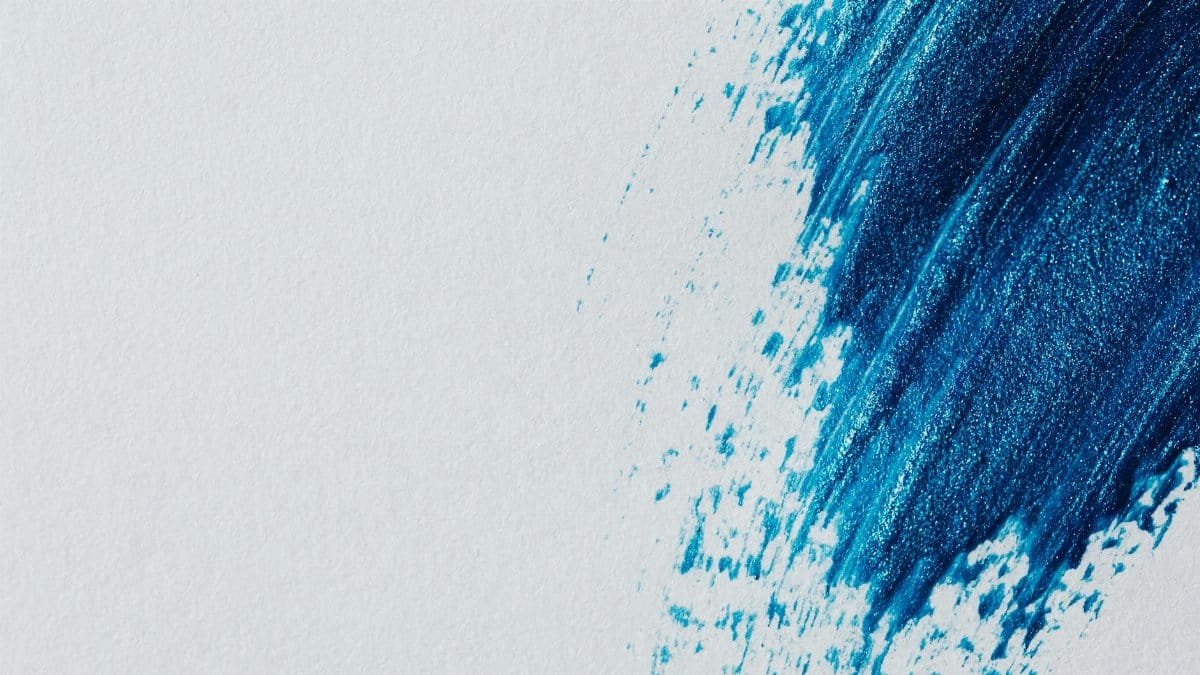
In small New Mexico towns like Taos, where cultural heritage runs deep, community mental health projects are taking a creative turn. Local artists have formed collectives, inviting anyone—teens, elders, veterans—to paint, sculpt, or write as a way to process emotions. One organizer noted how a mural project helped a group of young adults open up about family struggles, using colors instead of words. These gatherings double as informal support networks, often held in public parks or borrowed studio spaces. The National Institute of Mental Health emphasizes that creative outlets can reduce stress hormones; here, they also build trust among strangers. It’s a reminder that healing doesn’t always need a couch or a clinic.
5. Volunteer Crisis Hotlines in the Pacific Northwest
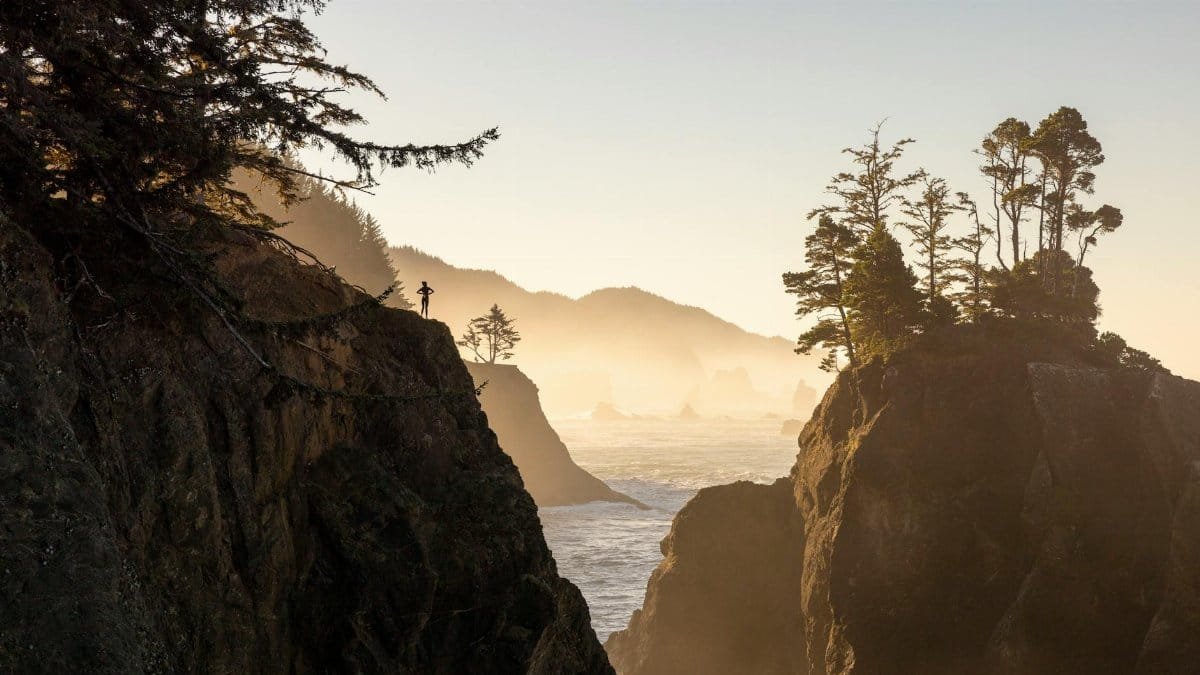
In remote corners of Oregon, where cell service can be spotty and therapists scarce, a handful of volunteers have set up local crisis hotlines. These aren’t national numbers but hyper-local ones, answered by neighbors trained to de-escalate panic or just talk someone through a rough night. Started in response to rising suicide rates in logging towns, the lines operate on shoestring budgets, often out of someone’s home. A recent study by the Pew Research Center found that rural Americans often feel more comfortable confiding in familiar voices; this project leans into that. One caller recalled dialing in after a family fight, relieved to hear a voice that knew the local landscape—both literal and emotional.
6. Intergenerational Storytelling in the Deep South

Down in Mississippi Delta towns, where history and hardship intertwine, elders and youth are pairing up for storytelling sessions. Grandparents share tales of resilience, while teens vent about modern pressures, often in church halls or porches. The exchange, facilitated by community centers, fosters understanding across ages while easing loneliness. Organizers say it’s less structured than therapy but just as cathartic. A young participant mentioned feeling “less alone” after hearing an elder describe surviving personal loss. It’s a low-cost, high-impact way to weave mental health support into cultural traditions, showing how community mental health projects can honor the past while addressing today’s struggles.
7. Fitness Meetups with a Mental Twist in the Great Plains
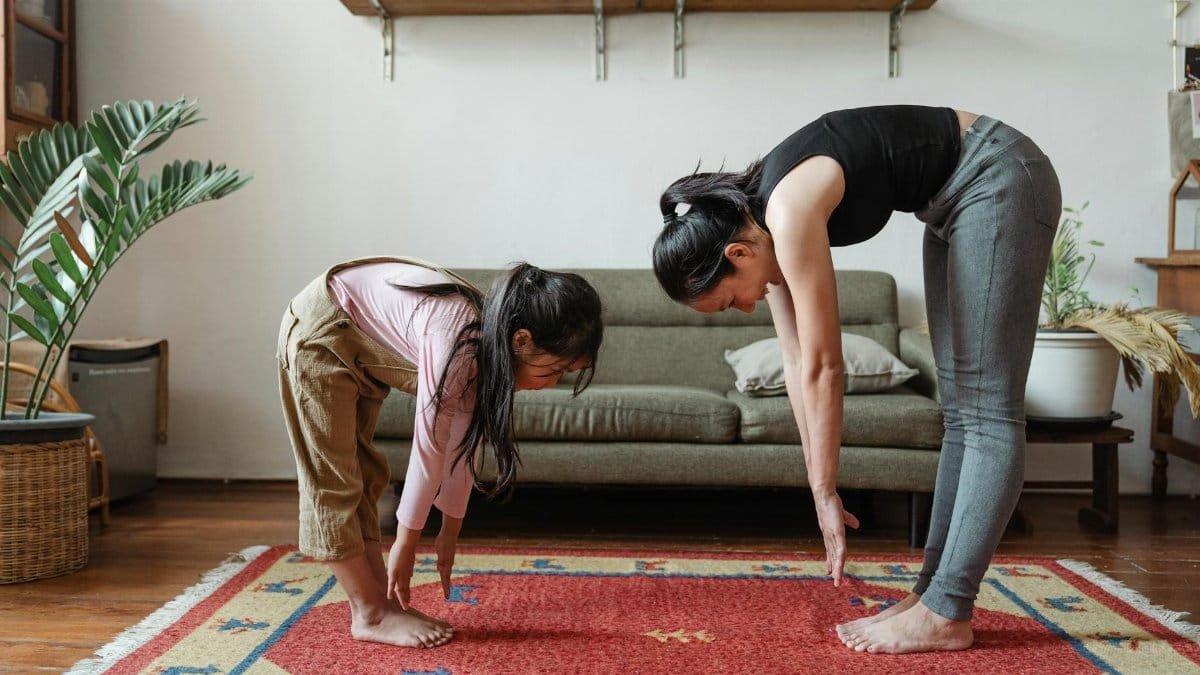
In Kansas farm towns, where wide-open spaces can feel isolating, some residents have turned morning jogs into mental health check-ins. These fitness meetups, often just a handful of people walking dirt roads, encourage participants to share what’s on their minds mid-stride. Leaders, usually volunteers with basic training, keep the tone light but open. The dual focus—body and mind—seems to lower barriers to tough conversations. One regular described it as “therapy without the label,” a way to sweat out stress alongside neighbors. It’s a practical spin on community mental health projects, blending physical activity with emotional release in areas where formal resources are thin.
8. Library-Based Support Hubs in New England
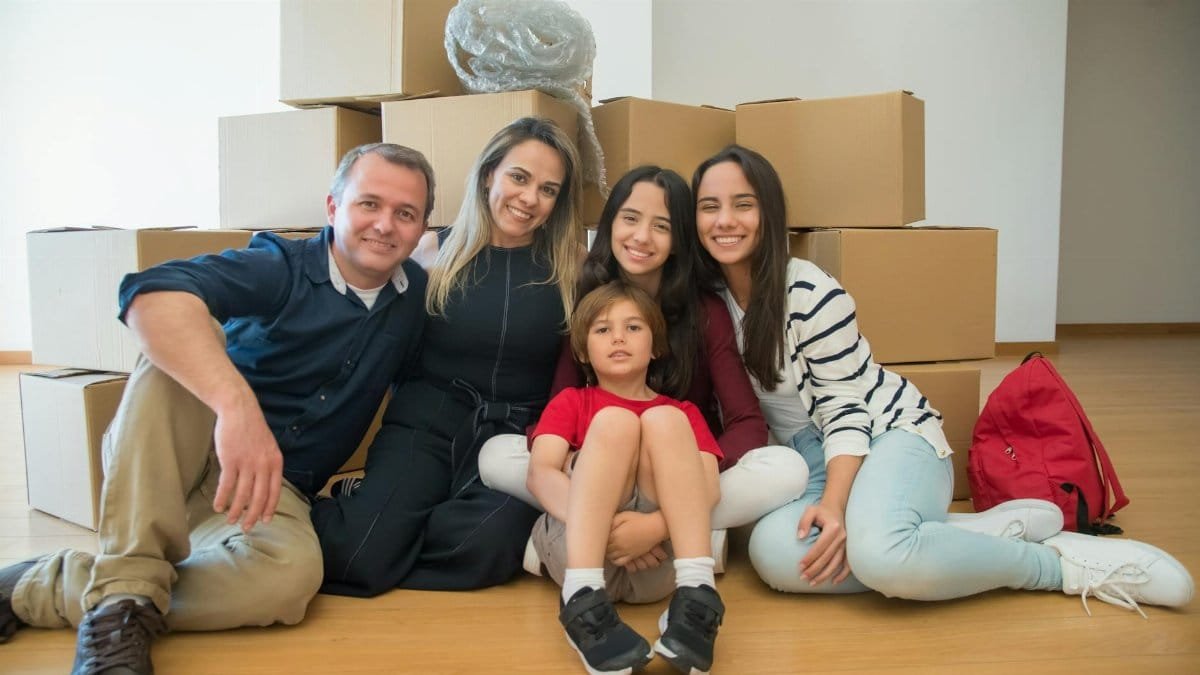
Small-town libraries in Maine aren’t just for books anymore. Many have become de facto mental health hubs, hosting weekly drop-in sessions with social workers or peer counselors. They stock resource guides, offer private corners for quiet talks, and even train librarians to spot signs of distress. It’s a subtle but vital shift—libraries are neutral, trusted spaces in tight-knit communities. The stigma of walking into a clinic fades when you’re just “stopping by to browse.” These hubs, often funded by local donations, highlight how existing infrastructure can pivot to meet urgent needs, reinforcing the adaptability of community mental health projects.
9. Faith-Based Wellness Groups in the Heartland

In Oklahoma’s Bible Belt, where faith shapes daily life, churches are stepping beyond prayer to tackle mental health. Small congregations have launched wellness groups, blending scripture with practical coping strategies. Pastors and lay leaders, sometimes trained through online courses, guide discussions on grief, addiction, or anxiety. Attendance is often framed as fellowship, not treatment, which helps sidestep cultural resistance to therapy. One participant shared online how these meetings helped them admit to needing help, something they’d hidden for years. It’s a nuanced balance—respecting spiritual roots while addressing real pain—and a testament to how community mental health projects can adapt to local values.
Across small-town America, these nine initiatives reveal a shared truth: mental health doesn’t always require big budgets or urban expertise. It can grow from the ground up, shaped by the people who know their neighbors best. From gardens to hotlines, art to exercise, each effort chips away at isolation, proving that collective care isn’t just a buzzword—it’s a lifeline. As rural communities face rising challenges in 2025, from economic strain to aging populations, these grassroots projects offer a blueprint. They remind us that healing often starts with a simple act: showing up for one another.
